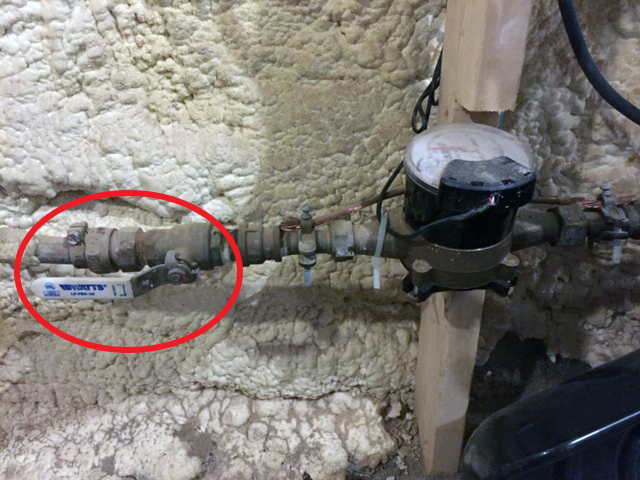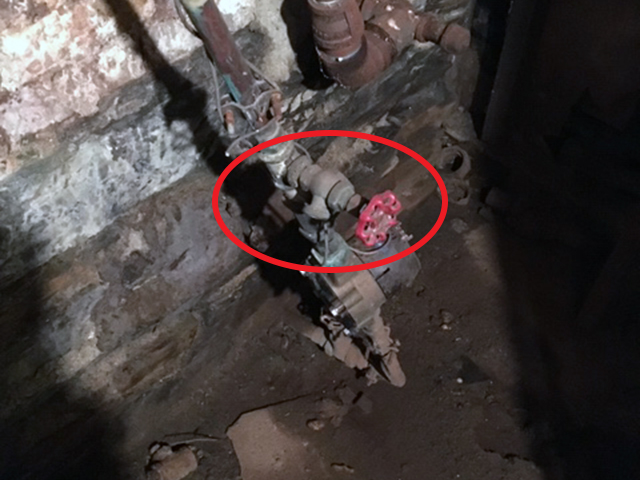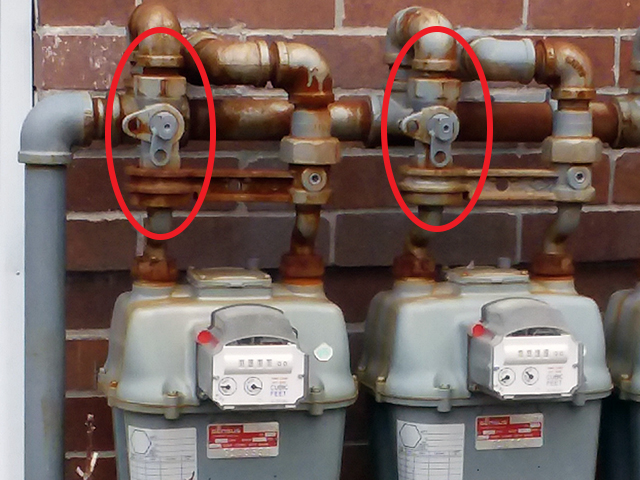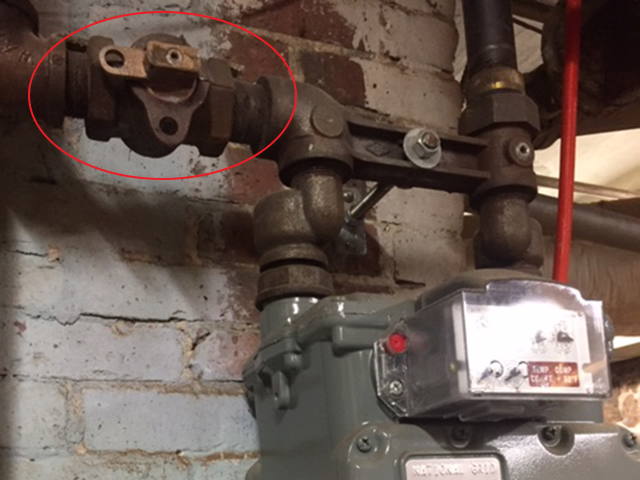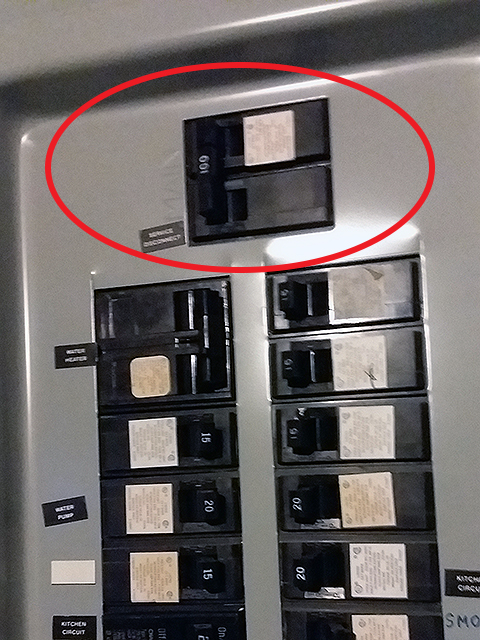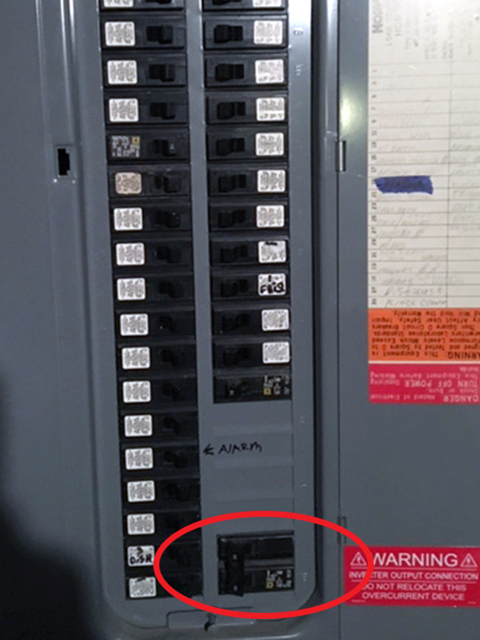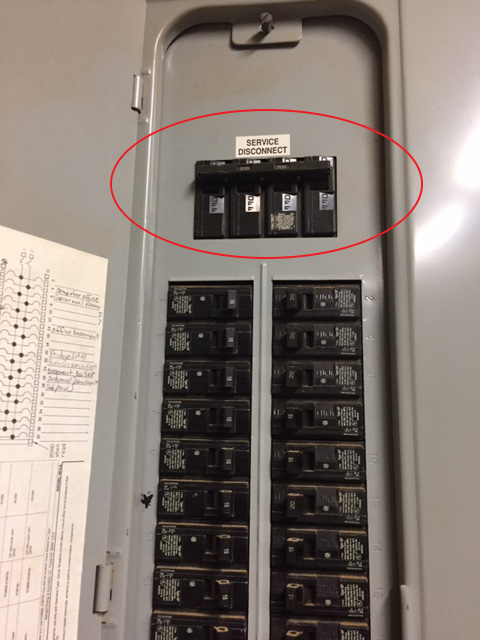Locating Main Utility Shutoffs
/Water, electricity, and natural gas are three essential resources that we depend on and use every single day. But would you be able to shut off the flow of these utilities into your home if necessary?
Homeowners should know where utility shutoffs are located so that, in case of an emergency, they can prevent damage, or even disasters, from occurring. It is advisable to take a few minutes to locate your main utility shutoffs and educate others in your household on where they are. Here are some helpful tips to get you started.
Water
Different plumbing arrangements and home construction may determine the location of the main supply valve for water. In colder climates like the Northeast, the water shutoff valve can usually be found in the basement, where the ambient temperature is warmer than outdoors and can prevent pipes from freezing. Typically, the shutoff valve will be found along the front foundation wall where the water enters the building from the municipal supply network. There are usually two shutoff valves, one directly before a meter along the pipe, and one right after it. Once located, the main valve can be shut off by turning the handle clockwise until completely closed.
If you want to shut off the water to a specific section of your house, localized shutoff valves called fixture supply stops are located near appliances such as water heaters, sinks, toilets, and washing machines.
A leaking pipe can lead to thousands of dollars in water damage if you don’t know how to turn off the water supply. Knowing how to shut off the water is especially important in the winter, when pipes may burst if they become frozen.
Natural gas
If your home has natural gas service, the gas shutoff valve is typically found on the side or front of the outside of your home, possibly in an enclosed cabinet. Many older homes have the gas meter and shutoff valve in the basement. The main shutoff valve will be the first valve on a section of gas service pipe right before the gas meter. This valve (also called the street-side valve) lets gas flow when the handle is parallel to the pipe, and is turned off when the handle is at a quarter-turn, perpendicular to the pipe. This valve can only be opened and closed with a wrench, so it is important to make sure that you have an adjustable pipe or crescent-type wrench in your toolbox in the event that you need to shut off the gas. Gas appliances such as stoves, water heaters, and boilers also have their own shutoffs, making it possible to stop the flow of gas just to that appliance.
If you suspect a leak by either smelling or hearing gas, do not smoke or light matches or turn electrical switches on or off. Open doors and windows. Turn off the gas at the main shutoff, unless the meter is in the cellar. Call the national gas emergency number (0800 111 999) to report the leak. Wait for a proper inspection from a qualified professional before restoring the gas supply.
Electricity
Every home has an electrical service panel known as a breaker box or fuse box. Some common locations include the garage, basement, storage room, or simply in a hallway. Using the service panel, you can shut off individual circuits or all of the circuits at once by switching off the main breaker or fuse.
—Kathleen McColgan
For further reading
“How to Locate your Gas Shutoff Valve and Water Shutoff Valve,” Family Handyman
“Locating and Operating Your Main Water Shut-Off Valve,” Washington Suburban Sanitary Commission
“Turning Your Gas Off,” Pacific Gas & Electric
“How to Turn Off the Power at Your Home’s Breaker Box or Fuse Box,” The Spruce

